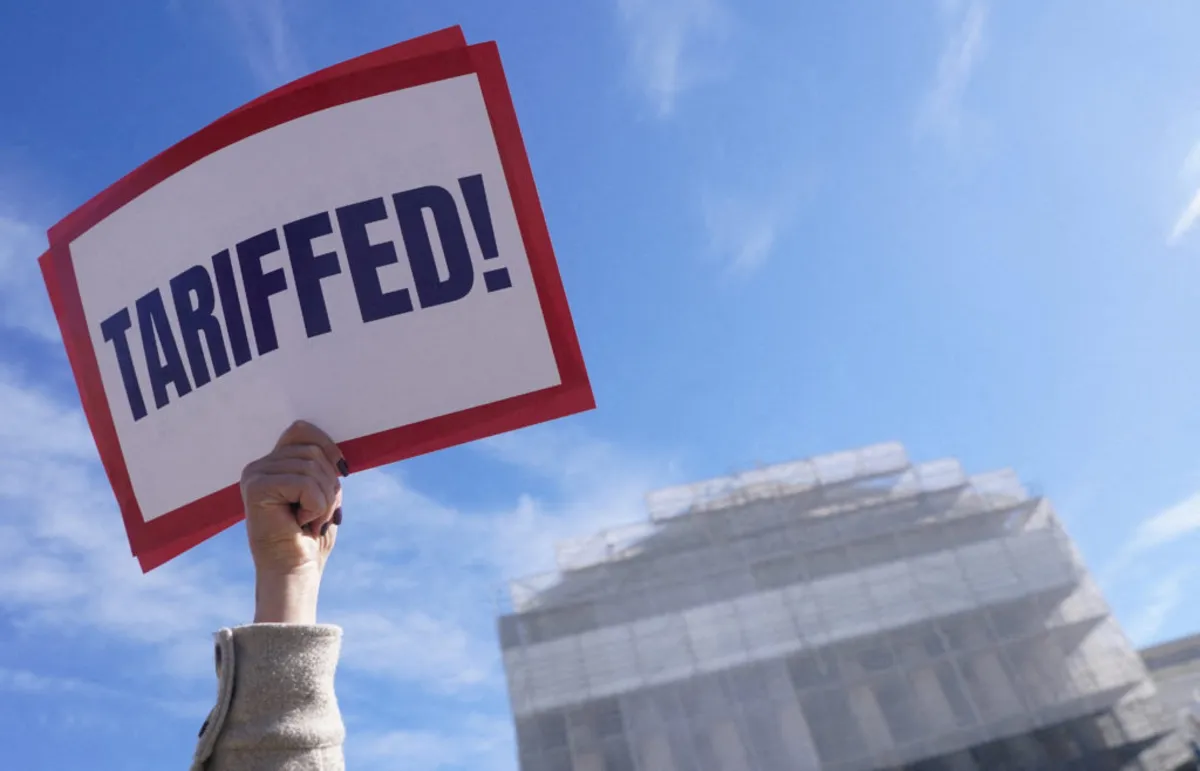
In recent discussions surrounding former President Donald Trump's tariff pledge, experts are urging caution regarding the feasibility and implications of his proposed payment system. Trump's assertion that tariffs could generate revenue in the “trillions” annually is met with skepticism, as projections suggest that the actual revenue generated may fall significantly short. This raises concerns about the administration’s ability to deliver a promised payment of $2,000 to each eligible citizen.
Trump's announcement comes on the heels of a significant legal examination by the U.S. Supreme Court, which is currently deliberating on the legality of his tariff policy. The justices are assessing whether Trump possesses the authority to impose tariffs unilaterally under the International Emergency Economic Powers Act. A ruling against him could jeopardize the anticipated revenue from tariffs, complicating the administration’s financial plans.
As of now, the administration has not provided any formal plans regarding the tariff dividends. In a recent interview with ABC News, Treasury Secretary Scott Bessent revealed that he had not discussed the dividend payments with Trump. The only details available stem from posts on Truth Social, where Trump has claimed that “everyone,” excluding “high-income people,” would receive the payment. However, he has not clarified the criteria for determining “high income” or whether children would also be included in this proposal.
In a follow-up Truth Social post, Trump indicated that his administration would prioritize payments of $2,000 to “low and middle-income USA citizens” before allocating remaining tariff revenues to reduce the national debt. However, he has yet to specify the format of these payments. Bessent suggested that the dividend could manifest in various forms, potentially including tax cuts such as no taxes on tips, overtime, or Social Security, though analysts have criticized the idea of repackaging existing tax cuts as a new dividend.
Trump's imposition of tariffs has become a cornerstone of his 2024 campaign, marking a significant return to tariff levels not seen in the U.S. for nearly a century. With an overall average tariff rate now at 18%, the highest since 1934, the federal government has collected approximately $309.2 billion in tariff revenue through October, a considerable increase from the previous year.
Experts like Erica York, vice president of federal tax policy at the Tax Foundation, have calculated that providing a $2,000 dividend to individuals earning under $100,000 could cost nearly $300 billion, affecting approximately 150 million adult recipients. This figure does not account for potential payments to children, indicating that the total cost could exceed the current tariff revenue.
It’s essential to note that the Trump administration has already committed tariff revenues to other initiatives, including reducing the national deficit and financing the GOP tax and spending bill signed into law. Bessent has reiterated the administration's focus on using tariff revenue to pay down the national debt, indicating a complex landscape of financial commitments that could conflict with the proposed dividend payments.
Currently, tariffs are imposing financial burdens on American households, with estimates suggesting costs range from $1,600 to $2,600 annually per household. Given these figures, some analysts argue that eliminating tariffs could be more beneficial than implementing a dividend. Additionally, experts like Joseph Rosenberg from the Urban Institute highlight that any dividend checks would require congressional approval, a hurdle that previous proposals have not overcome.
Trump’s tariff pledge raises numerous questions about its viability and the administration's ability to deliver on promises made to American citizens. As legal challenges and fiscal realities unfold, the focus remains on how these tariffs will ultimately affect the economy and individual Americans.